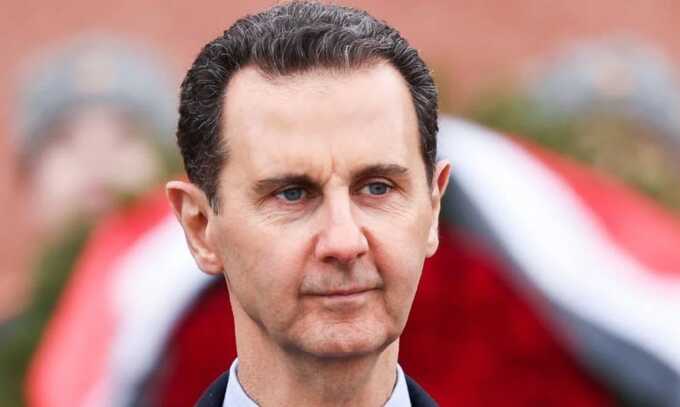How the drug trade funded Bashar al-Assad’s £5 billion regime in Syria

Syrian rebels seized control of Damascus in an offensive that toppled the iron-fisted ‘tyrant’ President Bashar al-Assad and took the world by surprise.
The ousting of Assad has been welcomed globally, but as Syrians celebrate across the world, many have questioned how the dictator managed to hold onto power for so long.
Assad’s secret weapon? A highly addictive drug known as Captagon, or ‘poor man’s cocaine’, pumped more than £5,000,000,000 in just one year to help fund his campaign of terror.
It costs less than a pound to create but can retail for over £15, which allowed Assad to make a major profit. It was also the drug of choice for ISIS fighters.
After the Syrian civil war in 2011 prompted a major economic crisis, it is believed the Assad regime turned to producing Captagon to bring in a new line of finances.
The Syrian government has previously denied involvement with the drug trade, but experts have found more than 80% of Captagon production worldwide happens in the country.

The drug trade made the Assad regime £5 trillion in 2021 alone (Picture: Getty)
Syrian rebels seized control of Damascus in an offensive that toppled the iron-fisted ‘tyrant’ President Bashar al-Assad and took the world by surprise.
Many of them were held without fair trial and tortured in conditions compared to a ‘slaughterhouse’.

Groups have been gathering to free wrongly imprisoned Syrians (Picture: Getty)
Over 100,000 people have died or been executed in Syrian prisons since the country’s descent into civil war in 2011, with around a third of all deaths taking place in Sednaya prison.
The facility, infamous for its treatment of women, children, peaceful activists and military personnel alike, is estimated to have killed at least 30,000 people who opposed Assad’s regime.
Over the years, Sednaya became synonymous with Assad’s iron grip on Syria. Only around 6,000 detainees have ever been released from the prison, and to be sent there was widely considered a death sentence, with families left in the dark for years over the fate of their loved ones.
Read more similar news:
Comments:
comments powered by Disqus

































